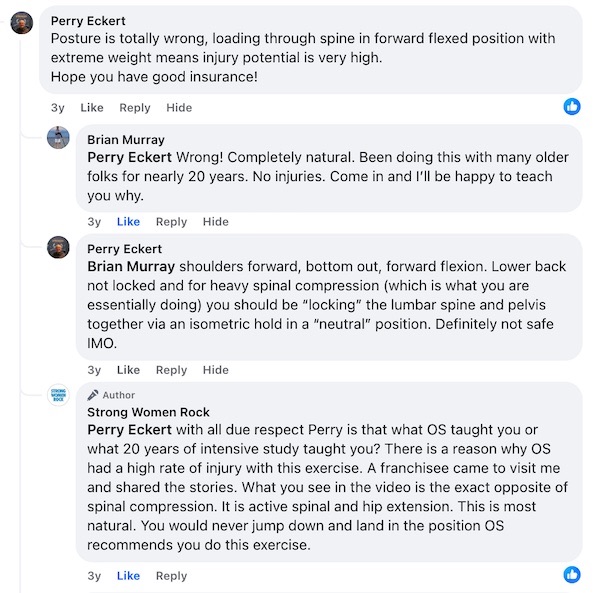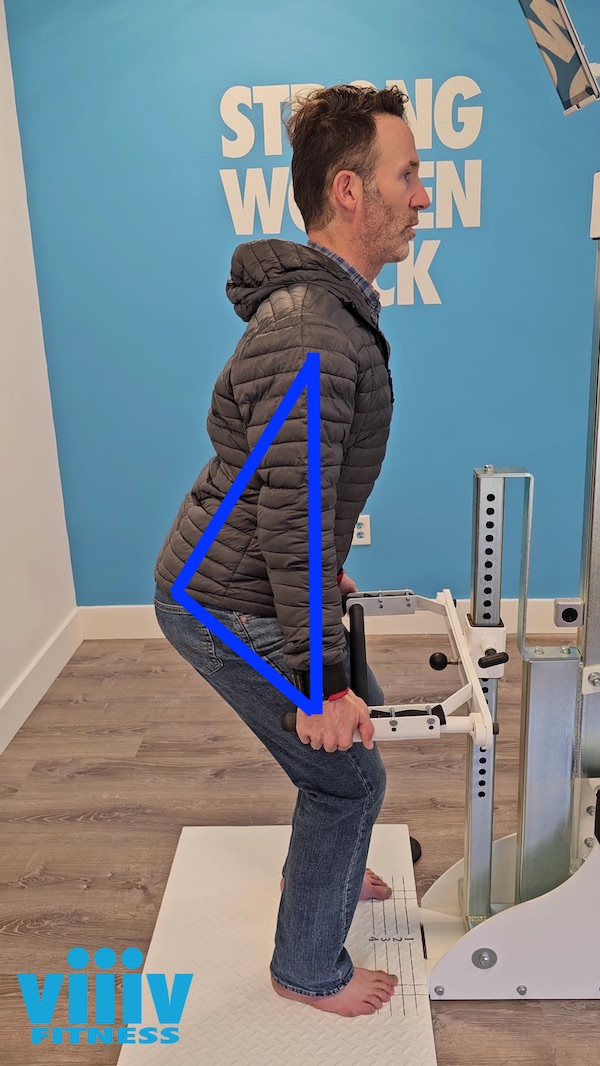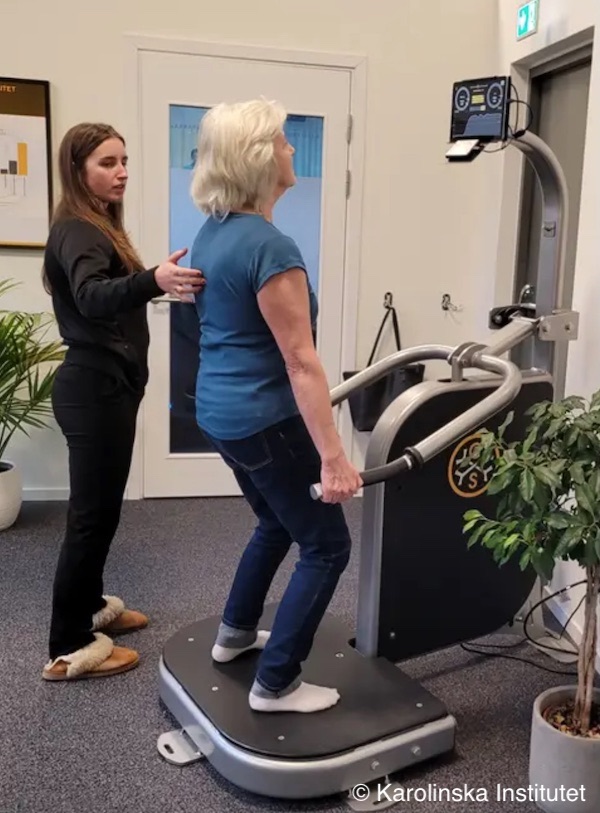Trouble at OsteoStrong?
Would you like to have your spine compressed?
I’ll bet you don’t say yes.
Unless you’re affiliated with OsteoStrong® (OS), that is.
I’ve watched dozens of videos from OS franchisees stating the purpose of their “Postural Growth Trigger” is to “compress the spine.”
Hearing this makes me cringe.
To be polite, let’s just call it a poor choice of words; it certainly doesn’t create a pleasant image in anyone’s mind, and trust me I’ve asked a lot of people this question, and the answer has always been, “uuuuuuh NO.”
But what’s even more cringeworthy is watching an OS coach position a client for this activity. And what’s even more cringeworthy than that is seeing the client do it!
This is where, in my opinion, OS puts people at more risk than they already inherently agree to take on with any physical activity.
So when when a franchisee came to Atlanta to learn more about the viiivPRO and told me about several instances of compression fractures at OS locations, that got my attention.
I couldn’t believe it. I’ve never had that occurrence in 20 years!
Then, not too long after that, I received a comment on a STRONG WOMEN ROCK video of my client doing the vertical lift on the viiivPRO.
This person, who I later discovered is a managing director for OS in Australia, informed me that the positioning and execution was wrong, and, armed with “enough-knowledge-to-be dangerous” OS talking-points explained to me why.

Now the mention of injuries started to make more sense!
But before I go any further let me be clear about a couple things:
First, it doesn’t matter if you do things their way or the way I recommend, there will be some degree of spinal compression. It’s unavoidable when your hands are attached to an immovable object while pushing upward with your legs.
Second, not everyone who does it the OS way is going to become injured. BUT, their way can certainly increase the chances of injury. More on that later…
For context, watch this video first. I explain how to do the vertical lift properly:
Ok. Here is what this OS Managing Director told me:
“Posture is totally wrong. Loading through spine in forward flexed position with extreme weight means injury potential is high. Hope you have good insurance.”
After I told him he was wrong I got this:
“Shoulders forward, bottom out, forward flexion. Lower back not locked and for heavy spinal compression (which is what you are essentially doing) you should be “locking” the lumbar spine and pelvis together via an isometric hold in a “neutral” position. Definitely not safe IMO.”
Ok. I respect that opinion, even if its foundation is built on ignorance of anatomy and biomechanics. A lot to unpack here.
Normal anatomical position of the spine has three curves: lordotic curve in the lumbar spine, kyphotic curve in the thoracic spine, and lordotic curve in the cervical spine.
These curves evenly distribute compressive forces across articulation surfaces in the standing position.
In my video you saw all three of these curves maintained with the torso angled slightly forward.

The centre of mass is directly over the feet; that’s why “shoulders forward, bottom out, forward flexion.”
This is an athletic posture; a natural position to get into if you want to lift something off the ground, propel your body upward, or just be ready to move in any direction.
Contrast that position with what you see in the photo below:
 OsteoStrong® Vertical Lift
OsteoStrong® Vertical Lift
Does this look athletic to you? If it does, stop reading, and please, do not attempt to coach clients.
If this woman didn’t have handles to hold onto she would fall backwards!
And I promise, it will get worse once she starts exerting effort, because her hips will slide forward even more.
Let’s go back to the managing director’s words:
“You should be “locking” the lumbar spine and pelvis together via an isometric hold in a “neutral” position.”
Although I’m not completely certain what this means, after watching many videos from various OS coaches I think I can come close to translating.
OS wants you to tuck your pelvis under to put the lumbar spine in a “neutral” position, which isn’t neutral at all!
It’s abnormal.
Neutral would be the natural lordotic curve.
You know, the curve that is a key adaptation to bipedal movement that enables our centre of mass to be positioned above the hip, knee, and ankle joints.
The curve that minimizes muscular effort during locomotion. The curve that provides an inherent mechanical advantage for strength and stability.
The curve that aligns the discs. The curve that absorbs and distributes shock from daily movements?
Yeah, that one.
And you want me to take that away?
No thanks.
When you alter the natural lumbar curve you alter how forces are naturally distributed.
You also get exactly what you see in the photo.
The only way to squat down (and it can’t be very far) is for the knees to go forward of the hips, shifting the centre of mass backwards.
Doesn’t sound athletic to me.
Trust me, I’ve tried this just to see what it feels like. It feels like you are being pulled down from behind. It’s uncomfortable. It’s unstable.
It’s no wonder there are injuries.
Now, I could be wrong, but to me it appears that OS created this posture to fit a concept; stack the spine vertically then compress it to improve bone density.
Not good.
Not necessary.
The goal is not COMPRESSION of the spine.
The goal is forceful EXTENSION of the entire body upward.
As the knees and hips extend, the muscles of spine contract to resist spine flexion. All of those spinal muscles pull on the vertebrae, increasing the mechanical load on the bones which leads to improved bone density.
If it didn’t, I wouldn’t have had a client see a 233% bone mineral density improvement in her L1 vertebra, 54% in L2, and 36% in L3.
Beware of OsteoStrong®.